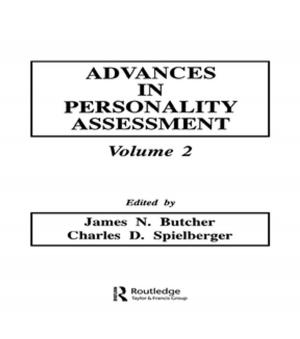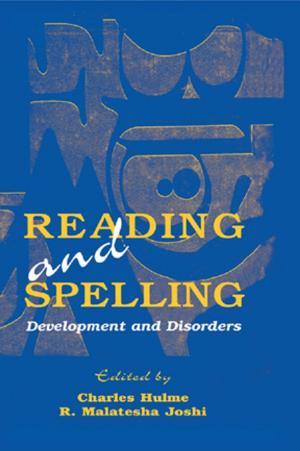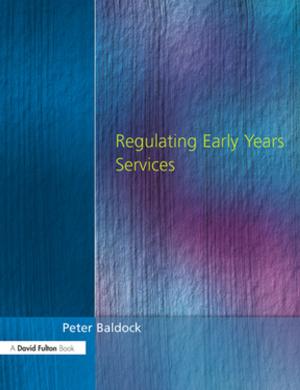Innovations in Economic Education
Promising Practices for Teachers and Students, K–16
Nonfiction, Reference & Language, Education & Teaching| Author: | ISBN: | 9781317413226 | |
| Publisher: | Taylor and Francis | Publication: | November 25, 2016 |
| Imprint: | Routledge | Language: | English |
| Author: | |
| ISBN: | 9781317413226 |
| Publisher: | Taylor and Francis |
| Publication: | November 25, 2016 |
| Imprint: | Routledge |
| Language: | English |
Innovations in Economic Education addresses the growing issue of financial illiteracy by showing how economics can be successfully integrated into classrooms from kindergarten through higher education. Pre-service teachers, experienced educators, curriculum leaders, parents, and school administrators will find practical ideas to improve economic understanding. At the elementary level, the book provides creative ways of introducing young students to the basic concepts of economics, financial justice, and social action. For higher grade levels, the book offers ideas to integrate economics into current history, civics, and math curricula. The final portion of the book features recommendations by leading economic educators on how economics can play a greater role in teachers’ professional development. The pedagogical tools presented in each chapter include lesson plans and practical insights, and are designed to meet the NCSS, C3 Framework, and Common Core State Standards for Social Studies. This book is a timely and valuable resource for all educators interested in improving their students’ economic literacy and financial decision-making.
Innovations in Economic Education addresses the growing issue of financial illiteracy by showing how economics can be successfully integrated into classrooms from kindergarten through higher education. Pre-service teachers, experienced educators, curriculum leaders, parents, and school administrators will find practical ideas to improve economic understanding. At the elementary level, the book provides creative ways of introducing young students to the basic concepts of economics, financial justice, and social action. For higher grade levels, the book offers ideas to integrate economics into current history, civics, and math curricula. The final portion of the book features recommendations by leading economic educators on how economics can play a greater role in teachers’ professional development. The pedagogical tools presented in each chapter include lesson plans and practical insights, and are designed to meet the NCSS, C3 Framework, and Common Core State Standards for Social Studies. This book is a timely and valuable resource for all educators interested in improving their students’ economic literacy and financial decision-making.















